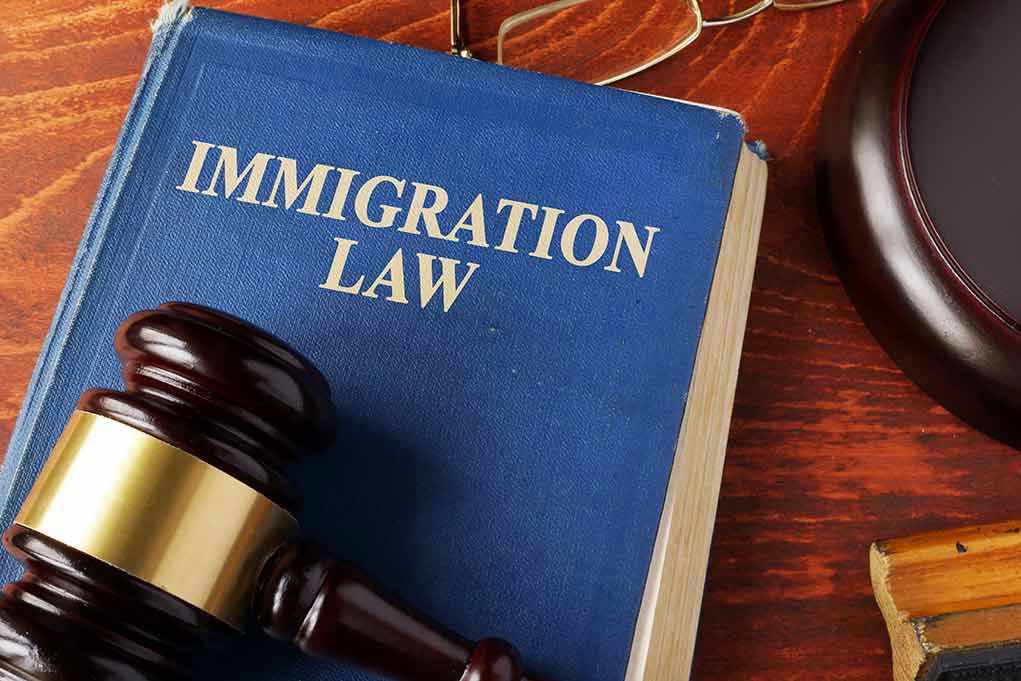
The federal judiciary has just thrown another wrench into America’s immigration enforcement engine—this time halting ICE agents from considering race, ethnicity, language, or even occupation when making arrests in Southern California, all thanks to a lawsuit from the ACLU.
At a Glance
- Federal judge issues a temporary restraining order against ICE, banning race-based immigration stops in Southern California
- Order follows reports of aggressive ICE raids disproportionately targeting Latino communities and denying detainees legal counsel
- ACLU lawsuit prompts judicial intervention, citing constitutional violations of the Fourth and Fourteenth Amendments
- Government failed to provide evidence that stops were not based on race; order remains pending further hearings and possible appeals
Judicial Overreach or Constitutional Safeguard? Federal Judge Blocks ICE from Using Race in Enforcement
Welcome to another episode of “You Can’t Make This Up.” In the latest spectacle of judicial activism, U.S. District Judge Maame Ewusi-Mensah Frimpong has issued a temporary restraining order that tells ICE agents in Southern California to keep their eyes off skin tone and language when enforcing immigration laws. That’s right—after a surge of ICE raids described as “indiscriminate” and “aggressive,” especially in Latino neighborhoods, the court has slammed the brakes on any enforcement actions that could be interpreted as racial profiling.
The ACLU, always ready to spring into action when law enforcement tries to accomplish its basic duties, filed a lawsuit on behalf of affected immigrants, arguing that ICE was violating the Fourth and Fourteenth Amendments with warrantless stops based on nothing more than appearance, language, or occupation. Judge Frimpong agreed, at least for now, stating the government offered “insufficient evidence” that these stops were not race-based while the plaintiffs’ stories painted a clear picture of disproportionate targeting. The move comes after a 36-day immigration crackdown that reportedly left communities in fear and chaos, and there’s no shortage of media coverage wringing hands over the disruption caused by, you guessed it, enforcing federal law.
Immigration Enforcement Under Fire: The Players and Their Motives
The ACLU Foundation of Southern California, led by senior attorney Mohammad Tajsar, claims this is a victory for civil rights and due process—a refrain we’ve heard before. ICE and the Department of Homeland Security, the agencies now handcuffed by the order, have to figure out how to fulfill their mandate when the rules of engagement are being rewritten in real time from the bench. Meanwhile, the communities at the center of the storm, primarily Latinos in Southern California, are watching as the pendulum swings yet again: one day they’re living in apprehension of raids, the next, they’re told federal agents can’t so much as raise an eyebrow if it might be construed as “profiling.”
Let’s not forget Judge Frimpong’s role here—ostensibly to “uphold constitutional protections” and keep the government accountable. It’s the latest round in a longstanding tug-of-war between those who want to see immigration laws enforced and those who think every enforcement action is a civil rights violation in disguise. The federal judiciary steps in, advocacy groups cheer, and federal agencies are left holding the rulebook upside down, trying to make sense of what they’re actually allowed to do.
Short-Term Relief, Long-Term Questions: What Happens Next?
The restraining order is temporary, but its ramifications are immediate. ICE and DHS must halt any action that could be interpreted as race-based in Southern California, and detainees must now be granted access to legal counsel. The ACLU and its supporters tout this as a vital protection for immigrant communities, saying it’s about time someone stepped in to stop what they call “discriminatory enforcement.” Of course, for those who expect the federal government to enforce actual immigration laws, it’s another example of the courts stepping beyond their lane, imposing restrictions that border on the absurd—pun intended.
With further hearings and possible appeals on the horizon, the order could become permanent, setting a precedent that stretches far beyond California. That means ICE agents everywhere might soon need to consult a legal team before making a routine stop, lest they fall afoul of freshly minted judicial doctrine. Federal officials will have to decide not just how, but if, they can carry out their duties without running afoul of the next court order, while communities and advocacy groups brace for the next chapter in an endless legal saga.
The Broader Impact: Law, Order, and the Slippery Slope
This ruling may offer temporary relief to certain communities, but it also raises serious questions about the scope of law enforcement authority and the practical ability to secure the border or maintain order. Socially, it’s being hailed as a win for civil rights and a blow to “government overreach,” but politically, it’s another flashpoint in the never-ending debate over immigration policy, border security, and the meaning of equal protection.
The economic repercussions are less clear, but disruptions to enforcement could shake up local labor markets and community stability. Perhaps most concerning is the precedent this sets: law enforcement at every level may find themselves second-guessing every decision, not for fear of getting it wrong, but for fear of being dragged into federal court by advocacy groups eager to challenge every aspect of their work. As the legal wrangling continues, one thing’s for sure: common sense isn’t making a comeback any time soon.











